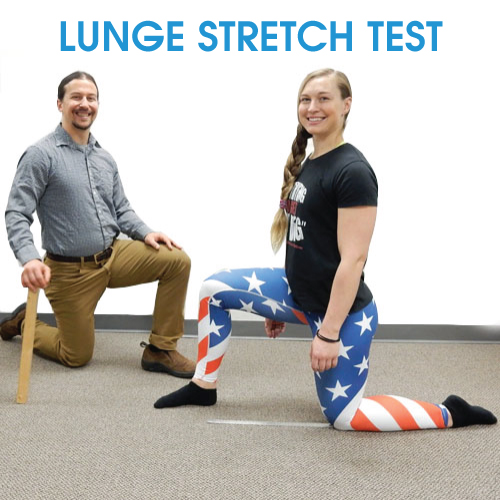
16 Apr Know Your Numbers: The Lunge Stretch Test
If you are a desk warrior, check your lunge stretch test to determine how crushed your low back is. ~Barefoot Rehab
The low back is one area of the body not to mess around with.
I’d bet a hefty penny that you know many people in low back pain.
Add that to the sheer volume that people sit and low back pain becomes a problem of epic proportions.
Here’s a little test called the Lunge Stretch test or Kneeling Hip Extension that you can do to determine if you’ve accumulated pathology in your lumbar spine and your hip flexors.
Mobility: Lunge Stretch Test | Kneeling Hip Extension (KHE)
The ability to bring one’s hip forward over one’s knee is something that anyone should be able to do, when healthy. The “Lunge Stretch Test”, or in mechanical terms, kneeling hip extension, will let us know if you have that ability.
What do I need to Measure this Test? You will need a 12″ ruler, a 2′ level (or another straight tool — in the images, I’m using a wooden 2×2), and partner to help you measure this test.
What is the Lunge Stretch Test assessing? The mobility of your hip joint integrity. These structures include bone, ligaments, tendons, cartilage, and muscles (psoas and iliacus).
What Specific Dysfunctions are relevant here? Besides adhesion of the two structures that limit hip extension, there are a wide range of hip and lumbar pathologies that can permanently limit the range. The primary structural dysfunction suspect is lumbar disc pathology.
What You Need to Know: If you’re significantly limited on both sides, you probably have a disc pathology that won’t let you extend the hips. You could knock your head against the wall trying to increase your hip extension range of motion, or you could get lumbar spine imaging and save yourself a lot of trouble.
Another item of note is that most people use this test to measure quad flexibility. The quads are not so relevant here as only one of the four quadriceps muscles, rectus femoris, crosses the hip joint. Rectus femoris is at its end range of motion if at the end range of KHE, you cannot lift the leg (by grabbing the shoe) from the ground. Read more about the rectus femoris by testing yourself with the face-down heel to butt test + doing the couch stretch.
How to Test:
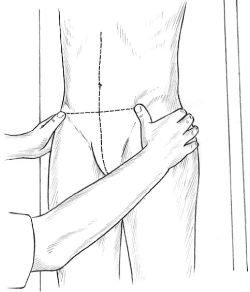
There’s a bony knob on the front of the pelvis called the ASIS. In the drawing to the right, you can see both thumbs locating the bony protuberances. This is your landmark where you will drop the level from to measure range of motion.
Write this number down. Any mobilization, stretching, or treatment interventions are attempts to increase this number. If the number isn’t increased after a month, you’re wasting your time.
PASS:
A pass for this test is the ability to bring your ASIS (the front of your pelvis) 12″ over your knee.
- Range: > 12″
- Effort: Fast and easy.
- Symptoms: No symptoms. No symptoms includes the feeling of a stretch. Ideally, there would be no stretch.
FAIL – LOW RISK:
A fail is any range between 10″ and 12″.
- Range: 10″ – 12″.
- Effort: Fast and easy.
- Symptoms: You may feel a pull in front of the hip joint or along the upper thigh. This is indicative of psoas or iliacus adhesion.
FAIL – HIGH RISK:
A fail with higher risk of lumbar spine pathologies is less than 10″.
- Range: < 10″.
- Effort: May be slow, labored, or guarded.
- Symptoms: Same as the “fail – low risk”. You may feel a pull in front of the hip joint or along the upper thigh. This is indicative of psoas or iliacus adhesion.
Movement Faults
The first movement fault someone will make when testing is to bring the shoulder in front of the hip. Don’t let this happen, keep the shoulder over the hip (imagine the two red dots are aligned vertically).
The second movement fault is for gumby individuals to have what seems like normal hip extension range of motion, but the movement is coming from the low back in the form of hyperextension (too much arch). Prevent this by keeping the ribs locked down to the abdomen and not allowing the ribs to elevate towards the ceiling.
How is the Couch Stretch working for you?
If you’re a CrossFitter, chances are you’ve spent many hours doing the now famous Couch Stretch.
The couch stretch is stretching all of the quadriceps muscles (the three vastus muscles and the rectus femoris) and the hip flexors (psoas and iliacus), with emphasis on the rectus femoris muscle.
The biggest problem people have when doing this stretch is if someone’s:
- hip extension (lunge stretch test) is limited by the psoas or iliacus, you can not stretch rectus femoris.
- knee flexion (heel to butt test) is limited by any of the vastus muscles, you can not stretch rectus femoris.
What happen is that people spend weeks, if not months, trying to stretch this tissue without increasing flexibility in the proper tissues and putting load on joints that don’t want it, leading to potential disc and cartilage problems or premature osteoarthritis.
You can test if you should be doing the couch stretch by selectively tensioning knee flexion at the end range of hip extension.
DO: Lift the foot. If the foot comes off the floor with ease and more than a couple of inches, the rectus femoris is not tight.
If the foot doesn’t budge off the ground or there’s enormous tension on the leg, then rectus femoris IS limiting hip extension range of motion and it could be worthwhile to do the couch stretch.
I Know My Numbers – What do I do now?
Insanity: doing the same thing over and over again and expecting different results. ~Albert Einstein
There are a plethora of mobility and stretching resources out in the interweb for you to experiment with. It is not our intention to give prescriptive answers, simply to bring awareness to where your body currently is in time.
Use whatever tools you’d like to use for a month, stretching about ten minutes a day, for three days a week, for a month.
After a month, re-test.
If you’ve gained range of motion, wonderful! Wash, rinse, repeat, and continue stretching.
If you’re no more flexible or mobile than you were before, STOP THE INSANITY AND THE STRETCHING! It’s now time to see a Manual Adhesion Provider or Active Release Technique Provider to diagnose your condition and potentially remove the adhesion in relevant tissue to restore your mobility before you go on layering strength on top of unhealthy tissue.
While you’re awaiting 30 days from now to reassess, you might as well get baseline measurements for your hip flexion, knees, ankles and your low back.
 What are you numbers? Please share range, effort, and symptoms below and we can discuss what you should be doing to restore musculoskeletal integrity.
What are you numbers? Please share range, effort, and symptoms below and we can discuss what you should be doing to restore musculoskeletal integrity.

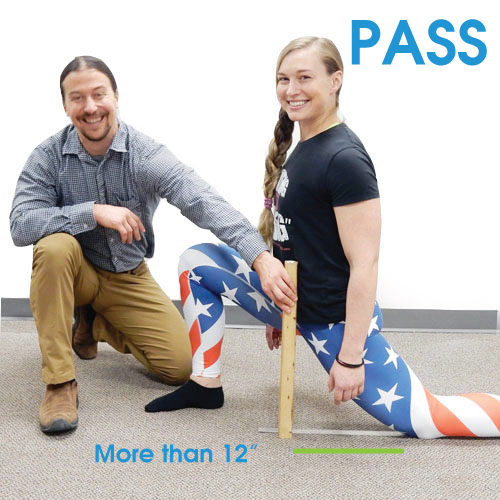
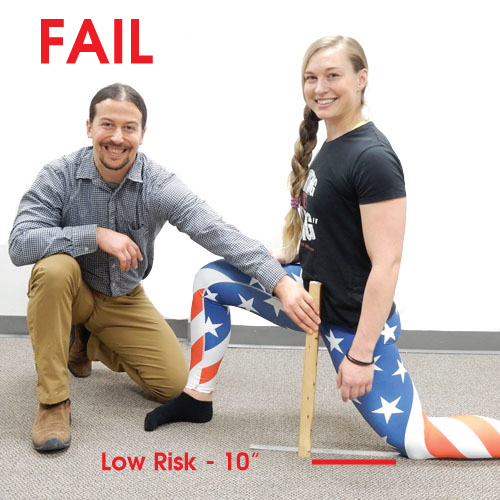
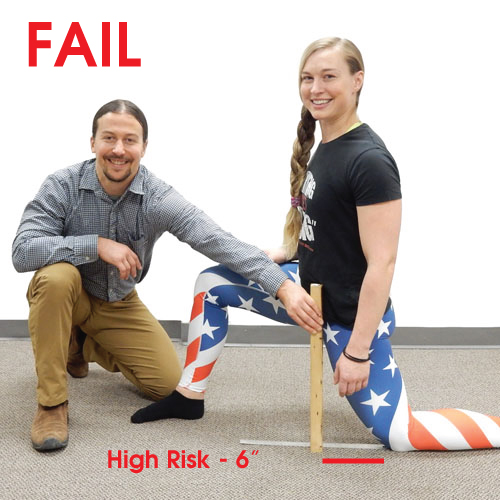
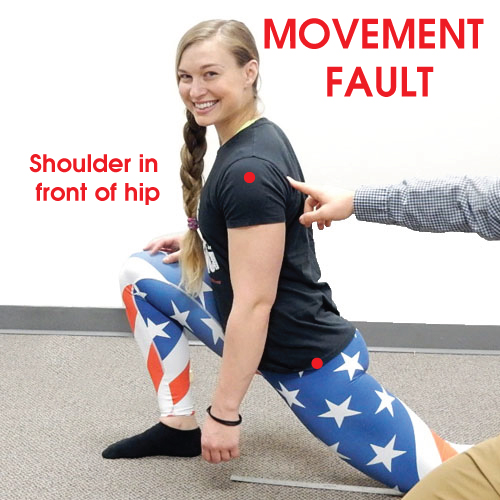
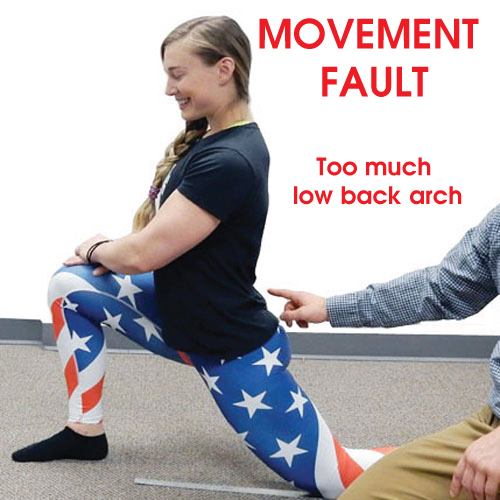
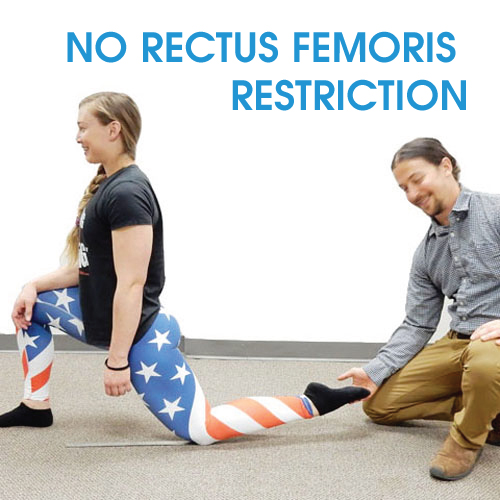
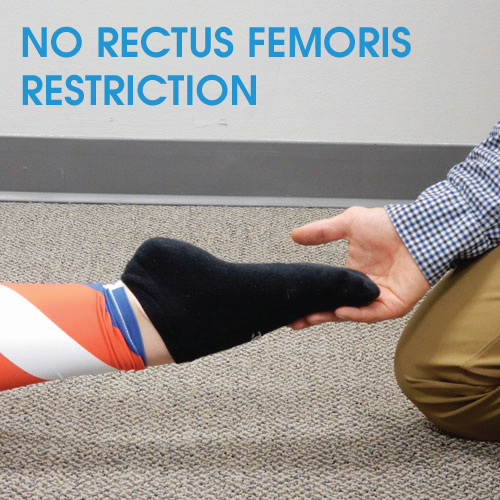
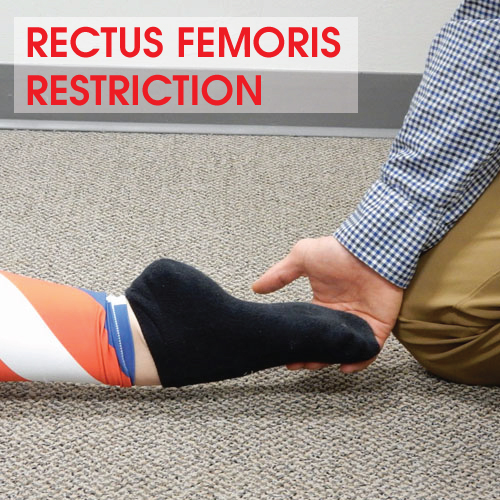

Know Your Numbers: The Lunge Stretch Test | Primal Docs
Posted at 02:34h, 17 April[…] Know Your Numbers: The Lunge Stretch Test […]
Are your Gears Grinding: Hip Flexor Pain or Hip Impingement?
Posted at 19:11h, 09 June[…] Hip Flexor Adhesion: felt at end range hip extension or the lunge stretch test. […]
When The Couch Stretch Doesn't Work
Posted at 14:34h, 15 June[…] Lunge Stretch Test | Kneeling Hip Extension – tests the psoas and iliacus – learn how to perform the lunge stretch here. […]
Community
Posted at 04:10h, 16 June[…] Acid is Your Friend – X Werks AVA WILL WIN – National Blood Drive 9/24 – NC Fit Know Your Numbers: The Lunge Stretch Test – Barefoot Rehab Clinic Public Disclosures – International Weightlifting […]
Avoid the Most Common Running Injuries
Posted at 22:59h, 11 July[…] Lunge Stretch Test […]
Know Your Numbers: The Face-Up Heel to Butt Test
Posted at 17:22h, 16 July[…] What is the Face-Up Heel to Butt Test assessing? The mobility of your knee joint integrity. These structures include bone, ligaments, tendons, cartilage, menisci, and muscles (vastus medialis, vastus intermedius, and vastus lateralis). This test is NOT testing rectus femoris. To test rectus femoris, do the lunge stretch test while selectively tensioning the knee. […]
Know Your Numbers: Face Down Heel to Butt Test
Posted at 17:45h, 16 July[…] What is the Face-Down Heel to Butt Test assessing? The mobility of your knee joint integrity was tested directly with the Face-Up version of this test. While this test does test the knee joint + the three vastus quadriceps muscles, I suggest you don’t use this test for those structures. It will complicate things. This test IS testing rectus femoris, which crosses the hip joint. The vastus muscles do not – which is why you test the vastus muscles in hip flexion, not a neutral hip like this test or an extended hip like in the lunge stretch test. […]
Devon
Posted at 19:34h, 13 NovemberCould someone help me further, I have Lumbar Bulging Disks and when I do the Hip Lunge Stretch, the side (my lower back) with my knee in front of me gets aggravated when I do this stretch. I am trying to figure out why this movement is pulling on my l4/l5 vertebra?
Dr. Chris
Posted at 00:51h, 28 JanuaryBecause end range “hip lunge” stretching EXTENDS the lumbar spine. The stretch you feel probably isn’t a stretch but a PROTECTIVE CONTRACTION. I’d 100% STOP doing that stretch until you get diagnosed correctly.